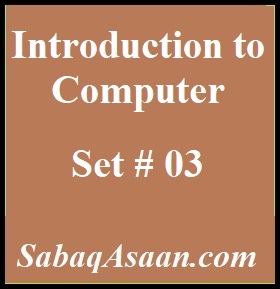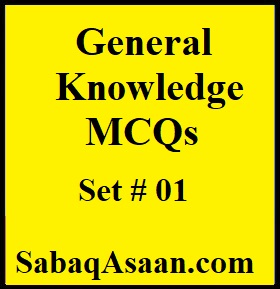Introduction to Computer MCQs – Set # 03

141. What was the main, disadvantage of vacuum, tubes?
A) They were larger in size,
B) They consumed a lot of electricity,
C) They produced, heat and often burned Out,
D) The operation cost was high,
answer
C) They produced, heat and often burned Out,
142. Registers, which are partially visible, to users and used to hold, conditional, are known as:
A) PC,
B) Memory address registers,
C) General purpose register,
D) Flags,
answer
D) Flags,
143. Which is not, a computer of first, generation?
A) ENIAC
B) UNIVAC,
C) IBM 360,
D) IBM 1401,
answer
D) IBM 1401,
144. Registers which are, partially visible users ,and used to hold conditional, code to (bits set by the CPU hardware as, the result of operations), are known as:
A) PC,
B) Flags,
C) Memory Address Registers,
D) General Purpose Registers,
answer
B) Flags,
145. Who invented ,vacuum tubes?
A) John Bardeen,
B) William Shockley,
C) Lee de Forest,
D) All ,
answer
C) Lee de Forest,
146. An approach that, permits the computer to, work on several programs, instead of one is:
A) On-line thesaurus,
B) Multiprogramming,
C) Over lapped processing,
D) Outline processor,
answer
C) Over lapped processing,
147. Who suggested, Stored Program Concept?
A) John Mauchley,
B) J.P. Eckert,
C) John Neumann,
D) Joseph Jacquard,
answer
C) John Neumann,
148. The central processing, unit (CPU) consists of:
A) Input, output and processing,
B) Control unit, primary storage, and secondary storage
C) Control unit, arithmetic-logic unit an primary, storage
D) Control unit, processing, and primary storage,
answer
C) Control unit, arithmetic-logic unit an primary, storage
149. The notable, features like keyboard, monitors, GUI were developed.
A) First generation,
B) Second generation,
C) Third generation,
D) Fourth generation,
answer
C) Third generation,
150. “UNIVAC” is:
A) Universal Automatic Computer,
B) Universal Array Computer,
C) Unique Automatic Computer,
D) Unvalued Automatic Computer,
answer
A) Universal Automatic Computer,





